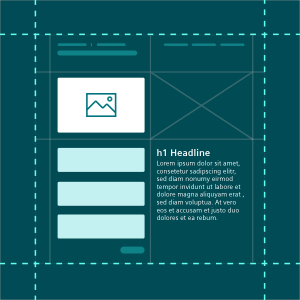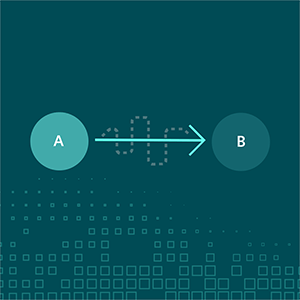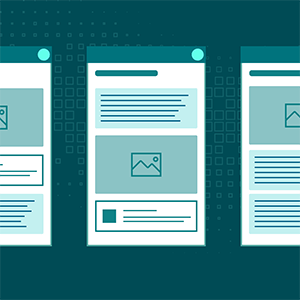UI Design & Patterns
Insights Hub and Industrial IoT applications define themselves by much more than just their technical functionality. They must also be practical, intuitive and visually appealing to the user.
The User Experience Toolkit describes a design language for the overall look and feel of Insights Hub and Industrial IoT applications. The guideline is meant to be used by both designers and developers.
Design Principles
All applications and components derive from one design philosophy. The following five principles define the necessary mindset when designing for Insights Hub and Industrial IoT and lead the way to a great user experience.

Simplicity
Key features and functions must be discoverable at a glance. Do not expose the data model but instead use terms and representations that are familiar to the user. Give confidence and freedom by making transparent what actions will cause which effect.
Purpose
Provide only the minimum set of capabilities to complete a task. Every feature of an application must be justified. Always make clear what actions the user can take to fulfill his goals.
Efficiency
All action takes place in a context of certain tasks and goals. Adapt the application interface to the user's actual workflow. Always provide the most practical tools to work in a time-saving and intelligent way.
Elegance
The visual appearance of an Insights Hub or Industrial IoT application should express clarity, modernity and integrity. Follow the design guidelines for color, typography, iconography and components. Pay attention to detail and don't include features that are incomplete.